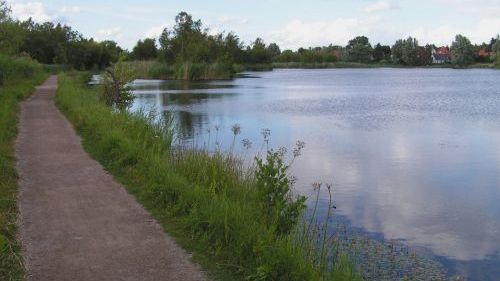The environment and food minister, Esben Lunde Larsen, has unveiled a new massive nature package that aims to protect Denmark’s natural habitat between 2016 and 2021.
From better conditions for endangered species to expanding natural habitats in Denmark, an estimated 1.8 billion kroner (including 1.5 billion kroner from the EU’s Rural Development Programme) has been set aside for the package, which consists of 252 individual plans.
“The first generation of nature plans has shown to be useful,” said Larsen. “The number of rare raised bogs in good condition is increasing and we care for 50 percent more nature areas that before.”
“But we can improve the care we give to our most vulnerable nature. Our plans will take a lot of effort, but they will make a considerable difference to valuable types of nature and endangered plants and animals.”
READ MORE: Denmark has less protected nature than the rest of the EU
Natura 2000 and beyond
As of today, some 60,000 hectares of nature areas, including raised bogs, fens and marches, are maintained. But the government is looking to expand that by 30,000 hectares in order to give threatened butterflies, frogs, birds and orchids better conditions to thrive.
The 252 nature plans will protect 8 percent of Danish nature – roughly the equivalent of the size of Funen and its surrounding islands. The plans will also protect 18 percent of Denmark’s most valuable sea areas, including fjords and stone and bubble reefs.
Denmark’s Natura 2000 areas – an initiative launched in 2004 so Denmark can live up to EU habitat and bird protection directives – are also being provided with continued protection. Read more about Denmark’s Natura 2000 program (in Danish).
The 252 plans are divided up into eight areas of Denmark. Click to see them all below:















